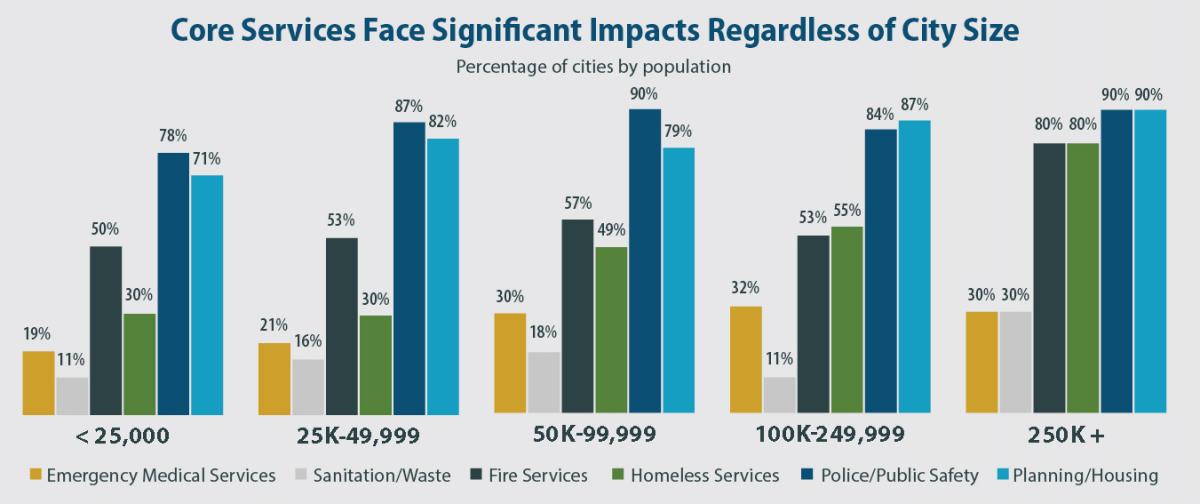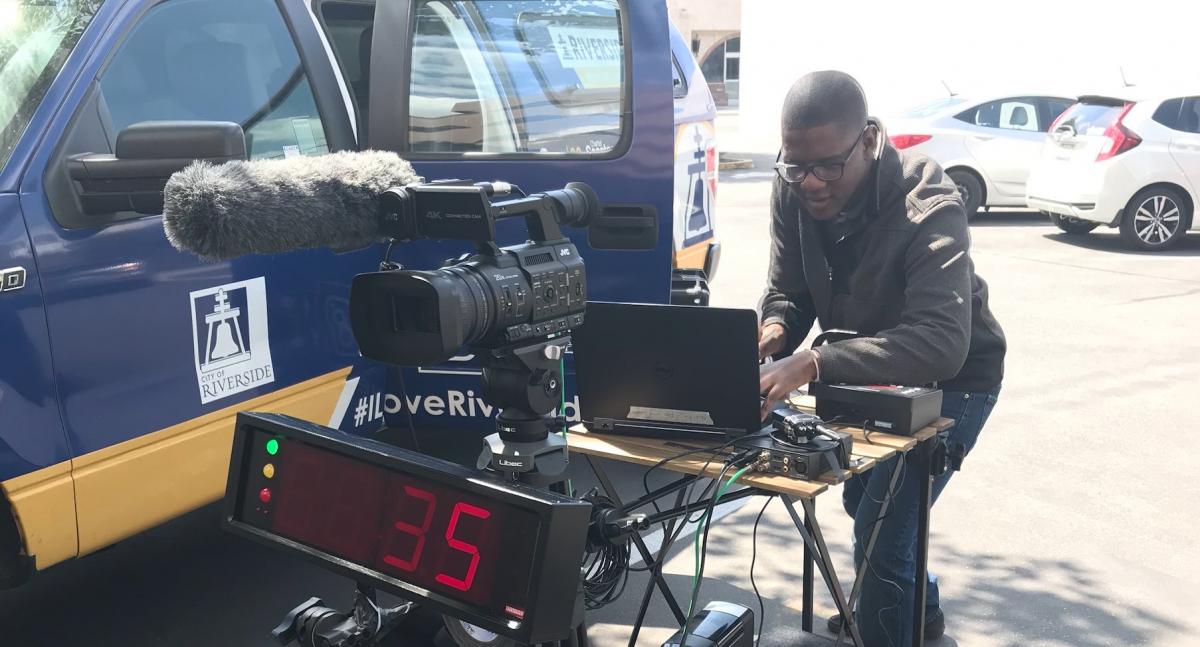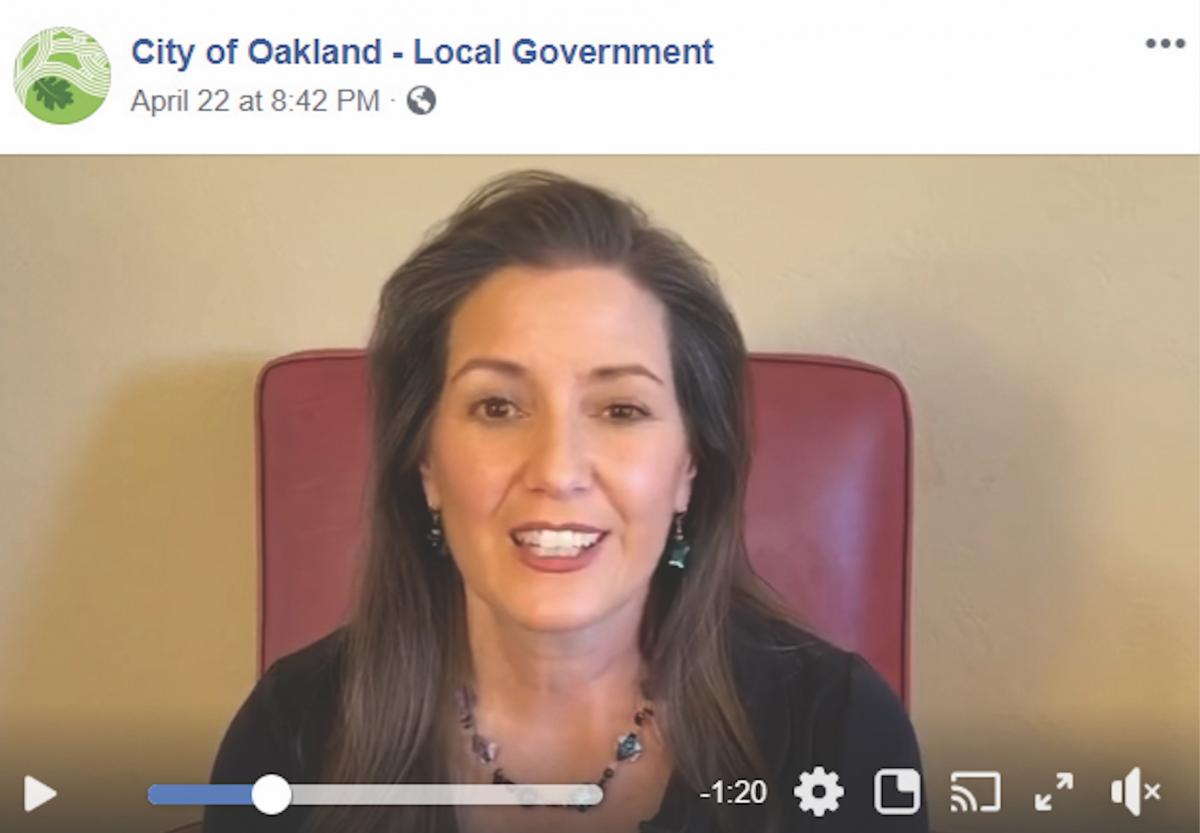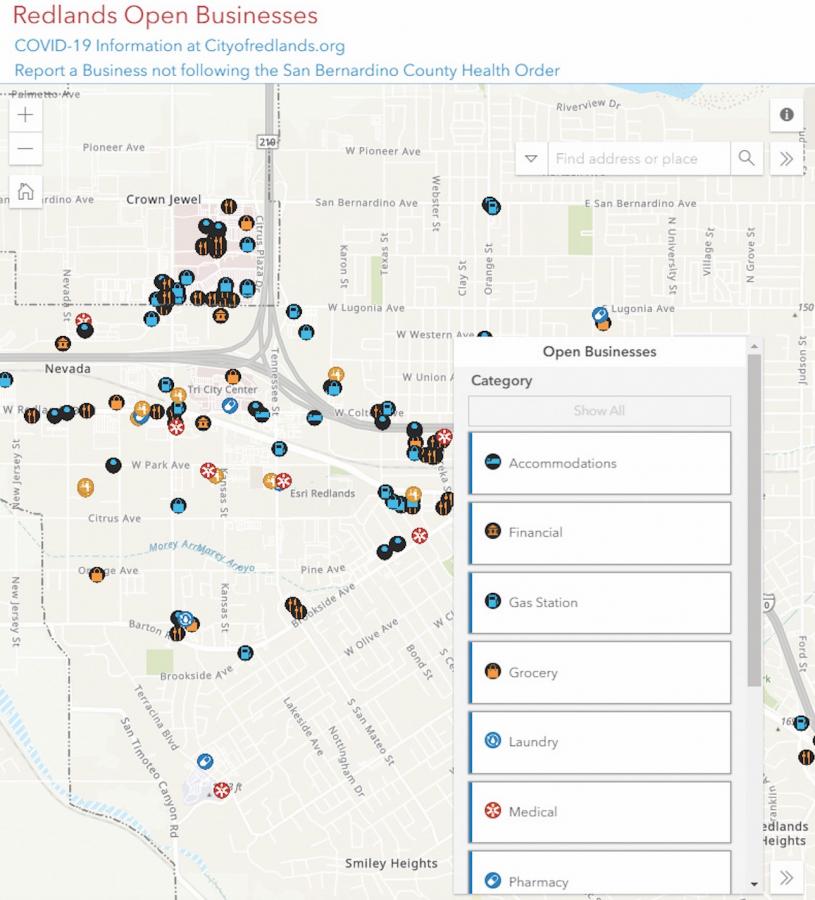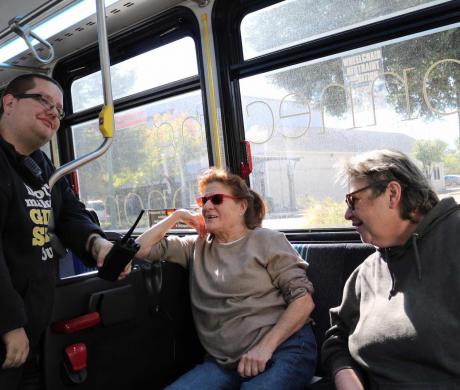The Economic Impact of COVID-19 on Essential City Services
Throughout California, local leaders have worked tirelessly to help residents stay safe and at home in an effort to prevent further transmission of COVID-19. At the same time, cities have delivered relief for individuals and local Main Street businesses and planned for the gradual reopening of their communities. These actions have not only saved lives, but also have served as a model for the country.
However, as California cities respond to this public health crisis, together they are experiencing a $7 billion general revenue shortfall over the next two fiscal years as a result of the sharp downturn in economic activity caused by the stay-at-home orders and significant increases in unbudgeted expenses incurred responding to the pandemic. Cities, like the state, are required to balance their budgets. Without state or federal assistance, budget shortfalls will result in cuts to core city services, like public safety and public works.
Analysis Shows Far-Reaching Impacts on City Budgets
A data analysis released by the League in late April found that core services to residents face significant cuts or reductions without state or federal aid. Nine out of 10 cities report they are considering cutting or furloughing police officers, firefighters, planners, public works engineers, and other essential local government workers, or the core services they deliver. Eight out of 10 cities report that police services will be adversely affected, and a similar number of cities report projected cuts to public works services. When it comes to fire services, 80 percent of cities with a population greater than 250,000 project significant impacts, and in cities of less than 25,000 in population, half report that fire services will be impacted.
In early March, Congress passed and the president signed the Coronavirus Aid, Relief, and Economic Security (CARES) Act, which included $150 billion for states and local governments to help address the increase in expenses associated with COVID-19. This aid is meaningful and welcomed. However, only cities and counties with populations greater than 500,000 were eligible to receive a direct allocation of CARES Act funding. In California, just six of our 482 cities were eligible to receive this aid directly from the federal government. Because COVID-19 has directly impacted all of our cities, we are urging the state to set aside a portion of the CARES Act funding it received for the more than 90 percent of California cities that did not receive a direct allocation and are struggling to address the crisis and still keep city operations going. That’s also why we’re calling on the federal government to provide $500 billion in direct and flexible aid to local governments nationwide to help cities recover and reopen. All of our cities are reeling from the impact of COVID-19 on their budgets, and we can’t afford to leave any of them behind.
The League will continue to fight to make sure every California city has the resources to emerge from this pandemic vibrant and strong. To support our efforts, in late April, we launched the “Support Local Recovery: Vibrant Cities. Strong Economies.” campaign backed by an impressive coalition of local government, labor, and business leaders. If you haven’t already, visit supportlocalrecovery.org to join the campaign!
Cities Transform Public Meetings and Municipal Operations
In times like these, our residents depend on city operations to continue delivering core services and access to government. It’s truly remarkable how — basically overnight — cities transformed traditional public meetings and city operations into virtual experiences to protect the health and safety of city staff and residents. Serving residents remained the top priority, although cities started changing the way services are delivered. Using a little creativity, an internet connection, and some digital equipment, cities are employing technology in new ways to maintain government transparency, remain accessible and responsive to the public, and deliver vital public services.
Without additional funding and with varying levels of technological capabilities, cities have risen to the challenge and implemented new ways to engage and listen to the public and maintain city operations in a digital environment. Through live streamed council meetings, virtual City Halls, and new video inspection programs, cities have ensured that essential services and resident access to those services remain in place and uninterrupted. This virtual format fosters transparency and access while simultaneously ensuring the safety of local elected officials, city staff, and residents.
From Oakland to Pismo Beach and throughout the state, city leaders are using technology and social media to help residents stay informed on new city ordinances, provide public health recommendations, and support each city’s small businesses. You can read more about these digital pioneers in “Cities Use Technology to Keep Constituents Informed and Engaged During Pandemic.”
The tremendous public health and financial impacts of the pandemic will continue to be painful for weeks and months to come. However, the utilization of technology is just one example of the countless ways in which city leaders have adapted nimbly and quickly during the COVID-19 outbreak. This leadership and ingenuity are nothing short of inspiring and show once again that #LocalWorks — even in the most difficult times. Let’s keep working together.
Related Resources
Cities Use Technology to Keep Constituents Informed and Engaged During Pandemic
In an Unprecedented Crisis, Local and State Leaders Step Up
California Cities Demonstrate Resiliency and Leadership During COVID-19 Crisis
Disasters in California: A Brief Overview of Preparedness, Proclamations and Assistance
The Sixth Council Member: Social Media
Photo Credit: Courtesy of the City of Oakland; City of Riverside; City of Redlands;

